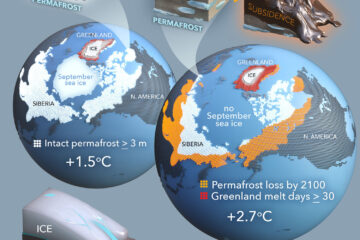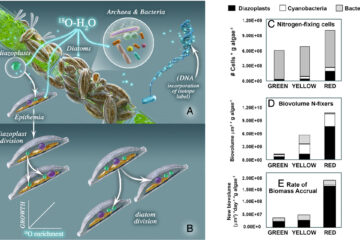Circumpolar assessment of permafrost C quality and its vulnerability over time using long-term incubation data
High-latitude ecosystems store approximately 1700 Pg of soil carbon (C), which is twice as much C as is currently contained in the atmosphere. Permafrost thaw and subsequent microbial decomposition of permafrost organic matter could add large amounts of C to the atmosphere, thereby influencing the global C cycle. The rates at which C is being released from the permafrost zone at different soil depths and across different physiographic regions are poorly understood but crucial in understanding future changes in permafrost C storage with climate change. We assessed the inherent decomposability of C from the permafrost zone by assembling a database of long-term (>1 year) aerobic soil incubations from 121 individual samples from 23 high-latitude ecosystems located across the northern circumpolar permafrost zone. Using a three-pool (i.e., fast, slow and passive) decomposition model, we estimated pool sizes for C fractions with different turnover times and their inherent decomposition rates using a reference temperature of 5 °C. Fast cycling C accounted for less than 5% of all C in both organic and mineral soils whereas the pool size of slow cycling C increased with C : N. Turnover time at 5 °C of fast cycling C typically was below 1 year, between 5 and 15 years for slow turning over C, and more than 500 years for passive C. We project that between 20 and 90% of the organic C could potentially be mineralized to CO2 within 50 incubation years at a constant temperature of 5 °C, with vulnerability to loss increasing in soils with higher C : N. These results demonstrate the variation in the vulnerability of C stored in permafrost soils based on inherent differences in organic matter decomposability, and point toward C : N as an index of decomposability that has the potential to be used to scale permafrost C loss across landscapes.


